Termites are not just a minor problem. They eat wood, weaken structures, and can quietly damage a property until it turns into a serious and costly mess. One of the strongest and most effective ways to deal with a widespread termite issue is tent fumigation.
It’s not something every home or building needs, but when termites get deep into walls, attics, and wood frames, tent fumigation can do what surface treatments cannot.
This article covers what tent fumigation is, why it’s essential, how the process works, and why K Termite is the best choice for your termite treatment needs.
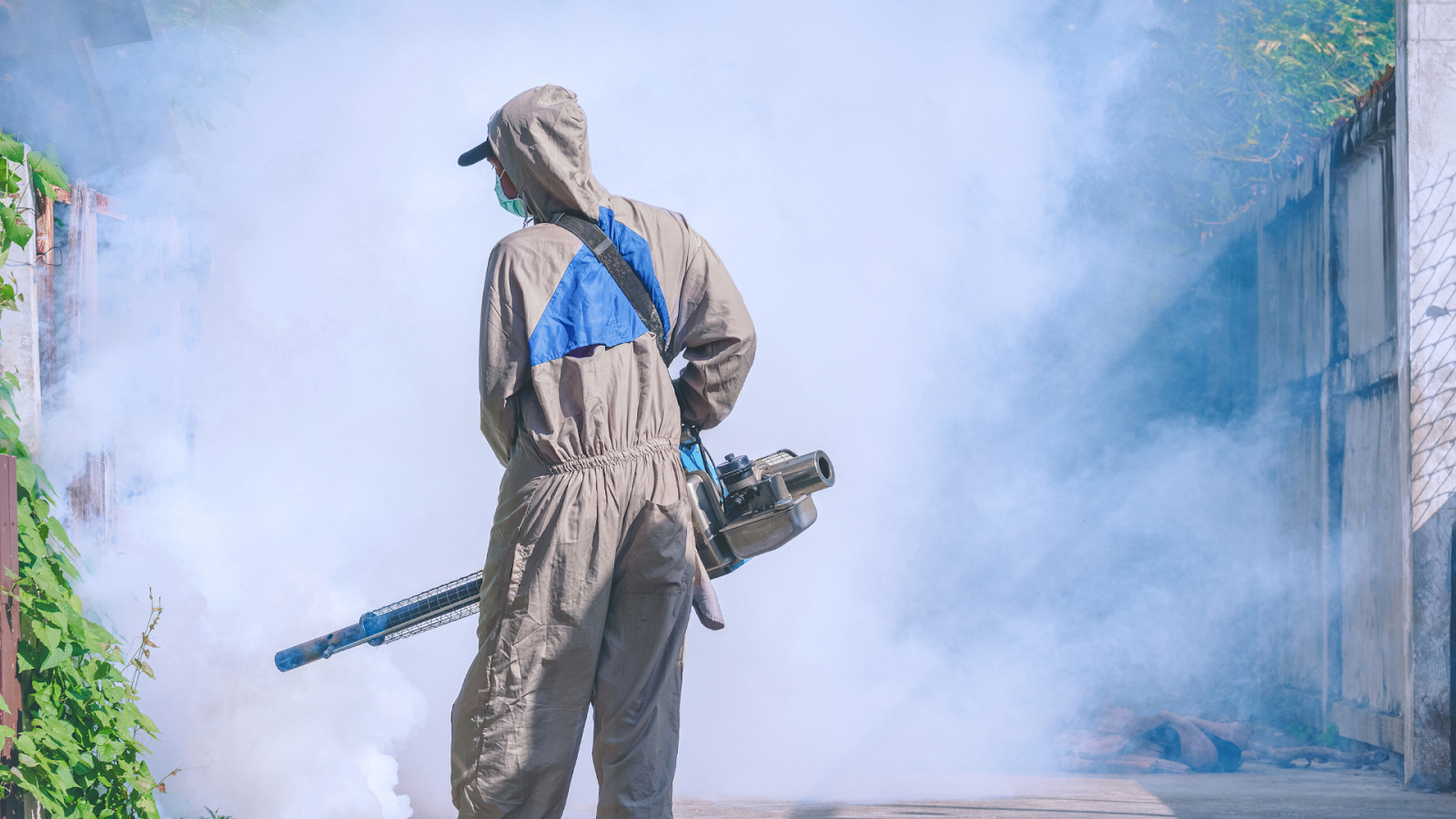
What is Tent Fumigation For Termite?
Tent fumigation is a whole-structure treatment used to wipe out drywood termites and other wood-boring insects. The process involves covering the entire building with a large tent and then releasing a gas fumigant inside. This gas spreads through every inch of the structure and kills termites hidden deep in wood, even in areas that are impossible to reach using local treatments.
It doesn’t just kill the bugs you see. It goes after the colonies you can’t.
This method is extremely effective for drywood termites because they don’t live in soil like subterranean termites. Instead, they build colonies inside the wood. That’s why fumigation works best when termites are scattered throughout the property.
Signs That Tent Fumigation May Be Necessary
Fumigation isn’t the first option in most cases. But it becomes necessary in the following situations:
1. Widespread Infestation: If termites have made their way across multiple parts of your home or property, spot treatment won’t fix the problem. You might kill a few bugs here and there but miss the colony that’s hiding behind walls, in ceilings or under floors. Tent fumigation treats the whole structure at once, ensuring nothing is left behind.
2. Hidden Infestation: Drywood termites often go undetected for years. They dig deep into wood and leave very few clues on the surface. If your inspector finds signs of activity but can’t determine the full extent, fumigation is often the safest route to ensure everything is cleared out.
3. Multiple Colonies: Sometimes, separate colonies form in different parts of a building. Treating one section doesn’t mean the others are handled. Tenting covers everything. It makes sure no colony slips through the cracks.
4. Failed Past Treatments: If your home was treated before and termites are back, that’s a clear sign the job wasn’t fully done. Fumigation can reset the clock and wipe out what other methods may have missed.
5. Property Sale or Purchase: Home inspections before a sale often lead to fumigation if termite activity is found. It’s a clean way to hand over a termite-free property. In fact, it’s common for lenders to request this step during real estate transactions.
Don’t Wait Delaying Action Can Make Termite Damage Worse!
How Tent Fumigation Works For Termite
Step 1: Inspection and Evaluation
The first step is always a professional inspection. At K Termite, our experienced inspectors check the full extent of the damage and determine if fumigation for termites is necessary or if other options are available. We never jump to the most aggressive method without making sure it’s truly needed.
Step 2: Preparing the Property
Tent fumigation is a serious process. You’ll need to vacate the home for a few days, and we guide you through everything that needs to be done beforehand. This includes:
- Removing all people, pets, and plants
- Bagging up food, medicine, and anything that might absorb the fumigant
- Unlocking doors and cabinets for airflow
- Arranging overnight plans
We walk you through each step, so nothing is left unclear.
Step 3: Sealing and Fumigating
Your home is covered with a heavy tarp to create an airtight seal. Then, the fumigant gas is released inside. It penetrates wood, insulation, and hidden spaces. The gas does not leave residue and breaks down after the treatment.
Step 4: Aeration and Clearance
Once the treatment time is complete, the tarp is removed and the home is aired out using industrial fans. We use special meters to test the air and ensure it’s safe before you return.
Step 5: Follow-Up and Warranty
After fumigation, we don’t just leave you hanging. K Termite offers follow-up inspections and warranties for peace of mind. Feel free to reach out if you have any questions or concerns. We’re here to help.
After Fumigation, Don’t Let Termites Return! Learn How Prevention vs. Repair Costs: Which Saves You More Money? Can Keep Your Home Safe and Your Wallet Full!
Why K Termite is the Right Call for Fumigation
Tent fumigation is not a do-it-yourself fix. It requires licensed pros who know how to handle gas fumigants, safety procedures, and state regulations. That’s where K Termite stands out. With years of experience handling drywood termite problems across Southern California, our team knows what works and how to get it done without cutting corners.
- Free Inspection and Honest Recommendations: It all starts with a free termite inspection. Our experts don’t jump straight to fumigation unless it’s absolutely needed. If a spot termite treatment is sufficient, we’ll let you know. Our goal is to provide you with the best termite treatment services for your specific situation.
- 3-Year Comprehensive Fumigation Warranty: We don’t just fumigate and walk away. K Termite backs our termite fumigation services with a strong, 3-year comprehensive warranty. If termites return within that period, we’ll take care of them at no additional cost. It’s our way of giving you peace of mind and standing behind our work.
- Everything Handled In-House: K Termite doesn’t outsource key services like fumigation or carpentry repair. Our in-house team handles it all so you deal with one crew and one company from start to finish. No delays, no confusion, and no unnecessary upselling.
- Licensed, Insured, and Ready to Work: We’re fully licensed and insured in California for structural fumigation. Our process follows every safety regulation and industry guideline to make sure your family, pets, and belongings are protected throughout.

Tips to Keep Termites Away After Fumigation
Fumigation is a powerful step, but you’ll still want to take precautions after the treatment. Here are a few tips:
- Book yearly termite inspections with a reliable termite treatment company.
- Fix roof leaks and plumbing issues quickly
- Keep firewood and wooden debris away from your home
- Seal cracks and gaps in the foundation and roofline
- Avoid overwatering near your foundation
These small steps can make a big difference in keeping your home termite-free for the long haul.
Tent fumigation isn’t always necessary, but when drywood termites spread through a structure, it’s the only method that reaches every colony, every crack, and every piece of wood. It’s a serious job meant for licensed pros who know what they’re doing.
At K Termite, we don’t take chances with your home. Our team is here to make the process smooth, safe, and reliable. From free inspections to our 3-year fumigation warranty, we give you a reason to feel confident about putting your home in our hands.
Ready to get started or have questions about your situation? Call K Termite and let us help you take the next step toward a termite-free property.

.webp)

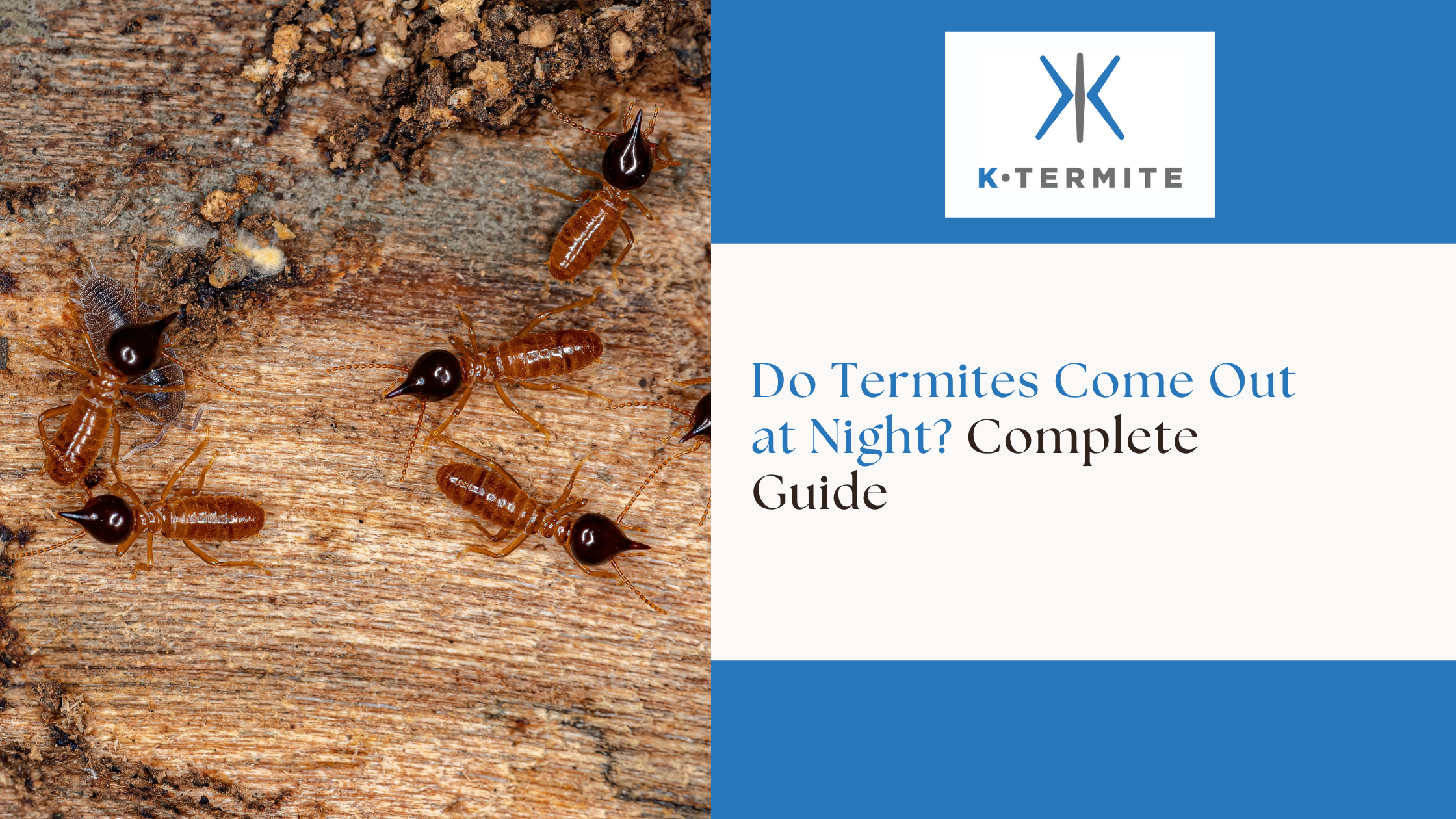

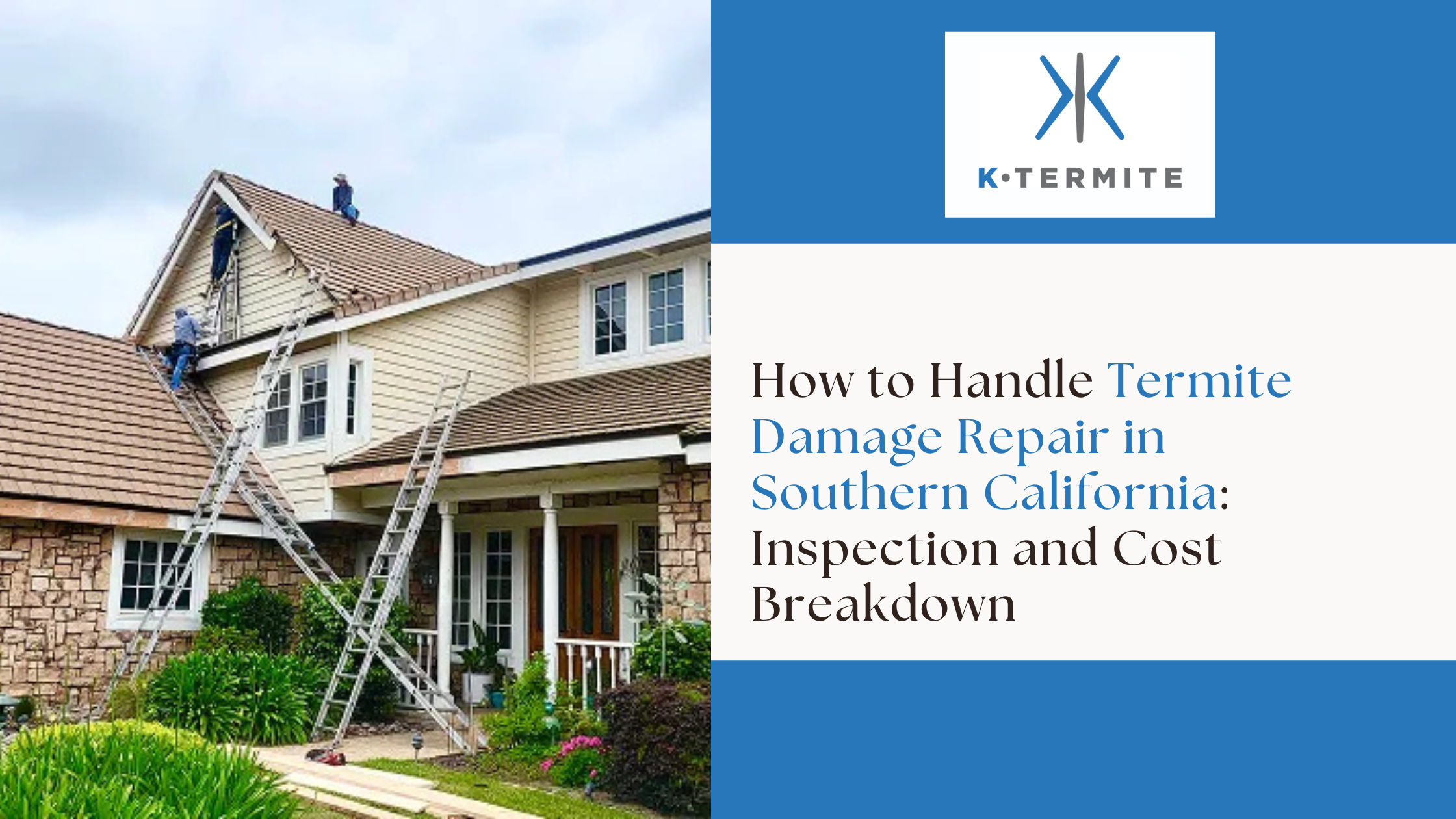

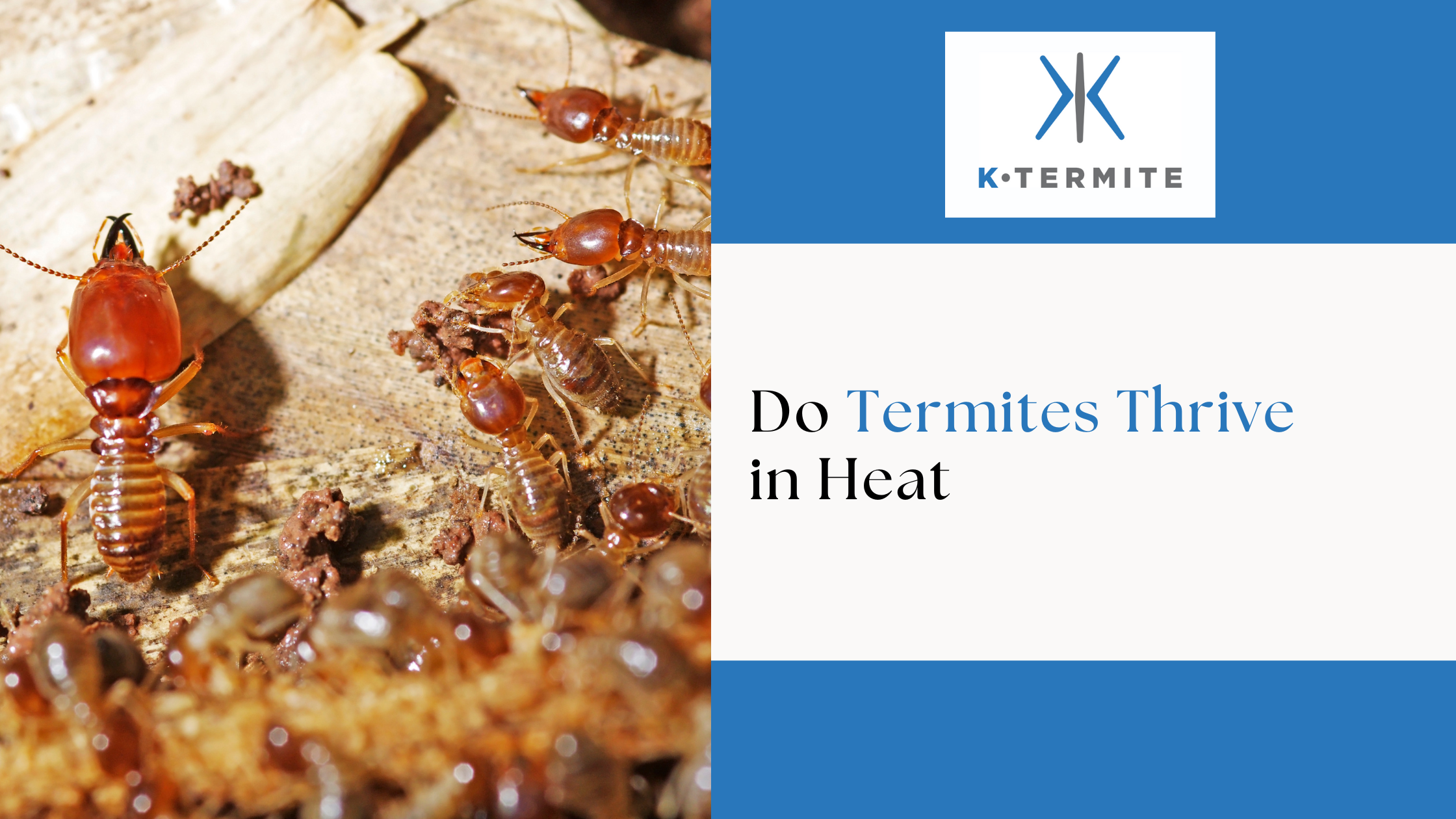

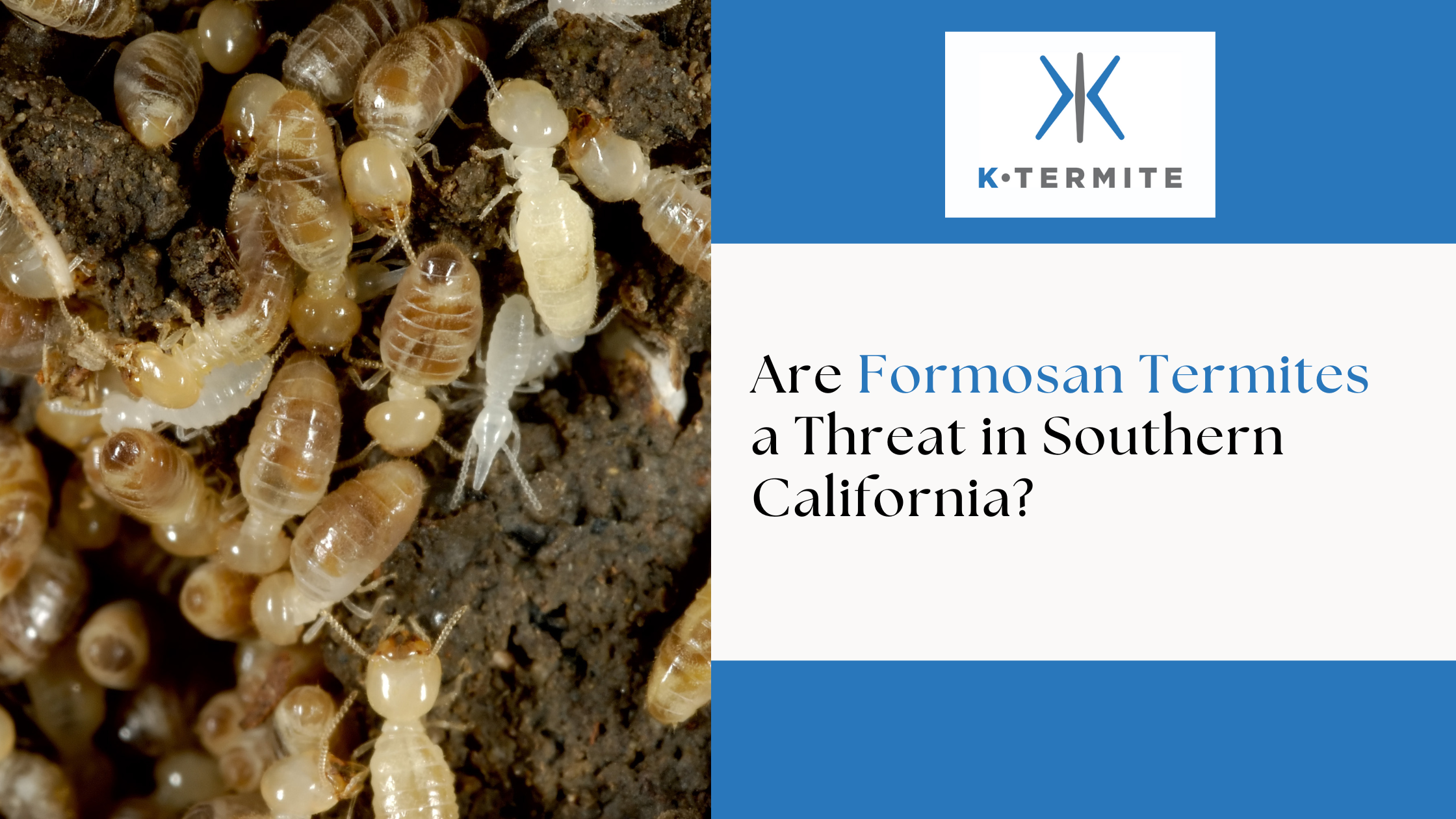

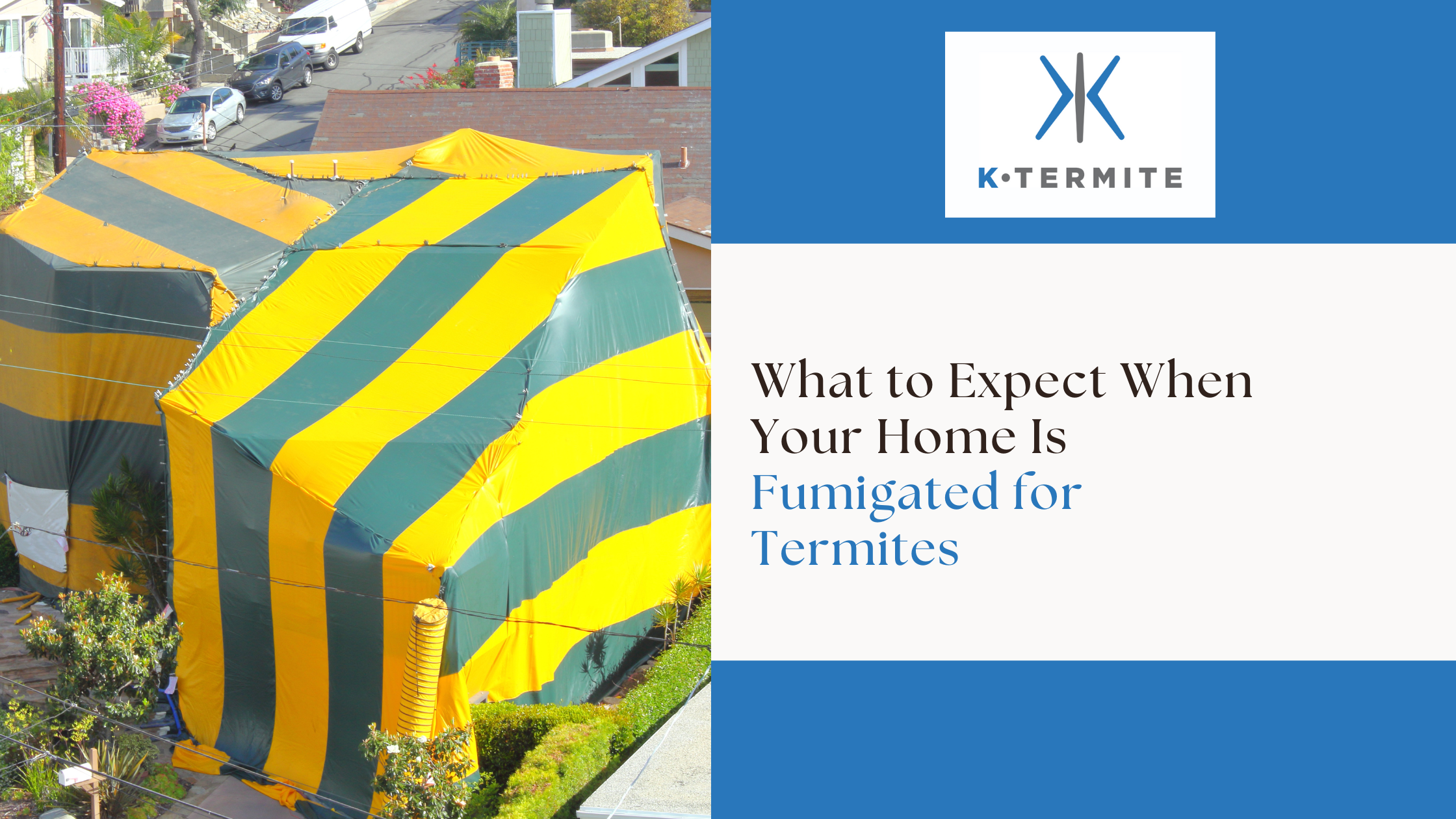
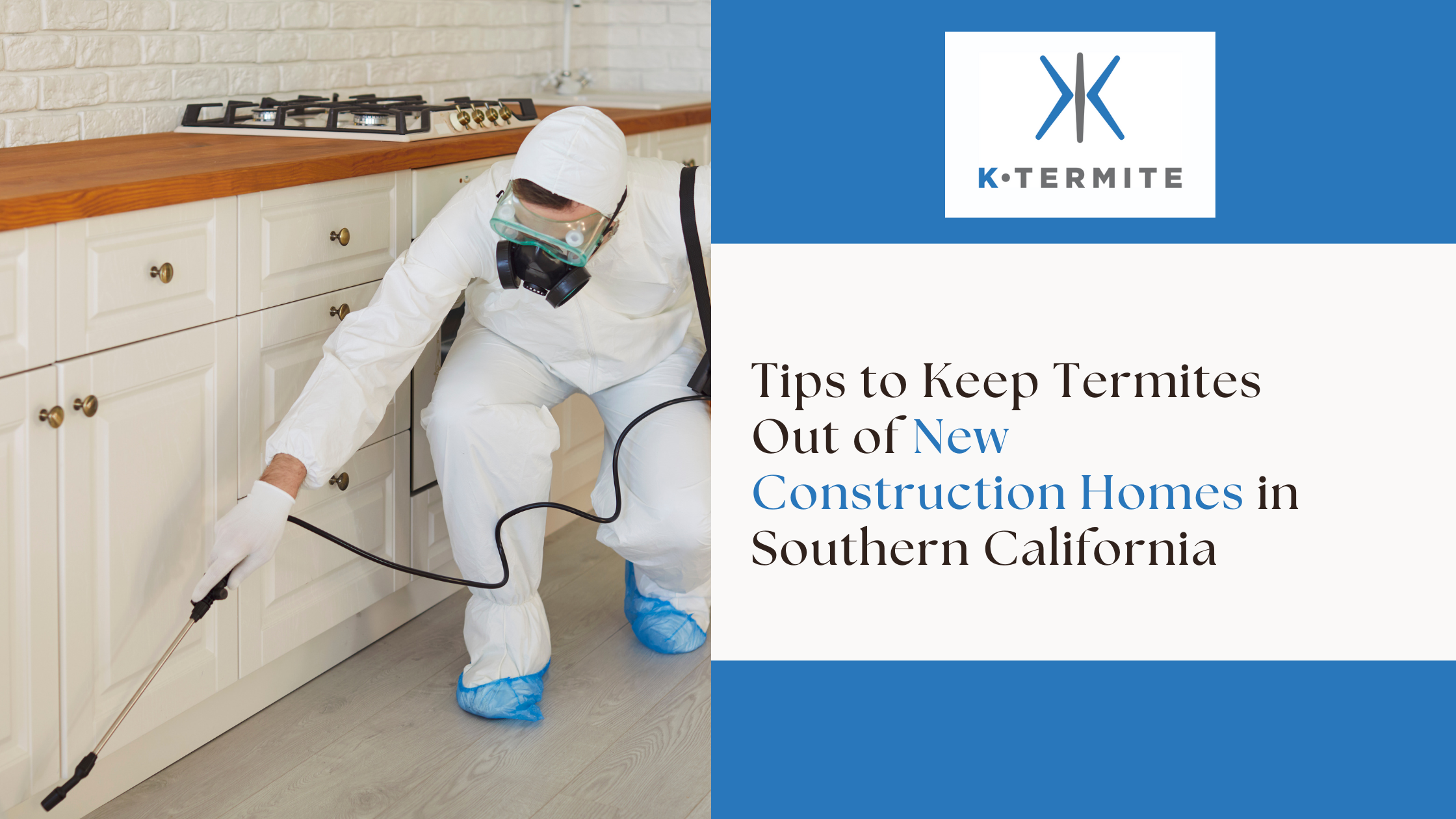

.png)
.png)
.png)
.png)
.png)
.png)
.png)
.png)
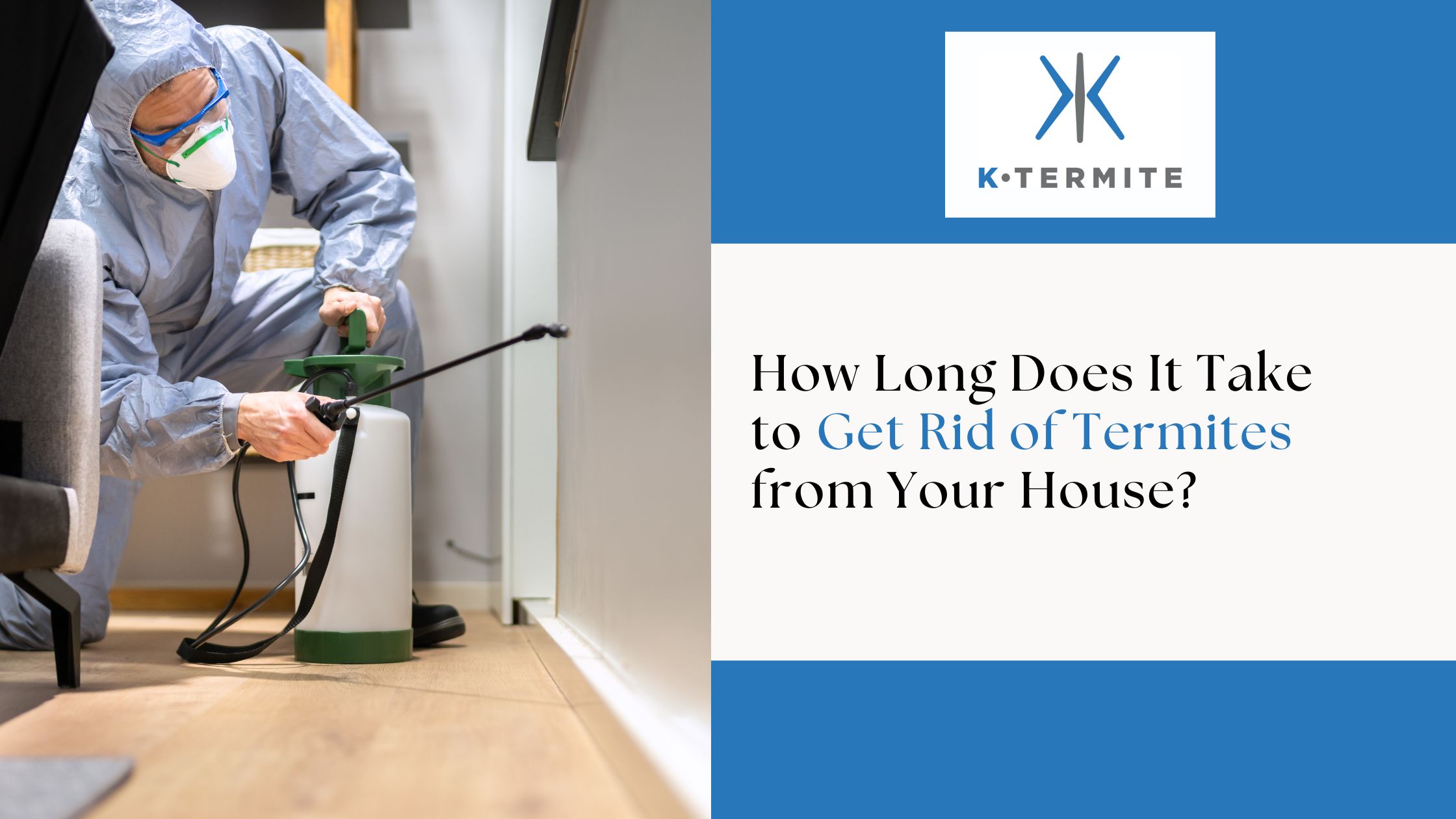
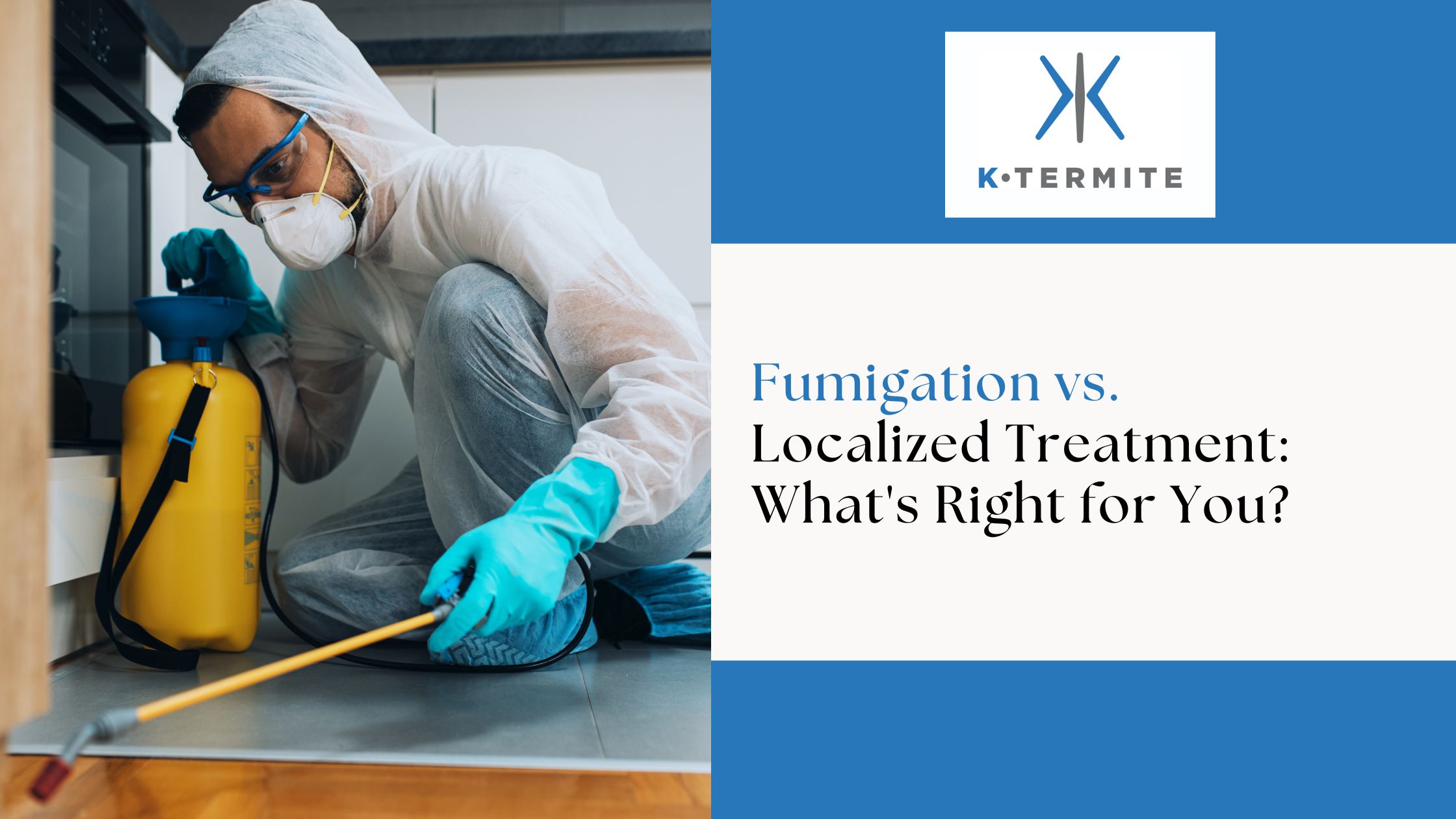
.png)
.png)


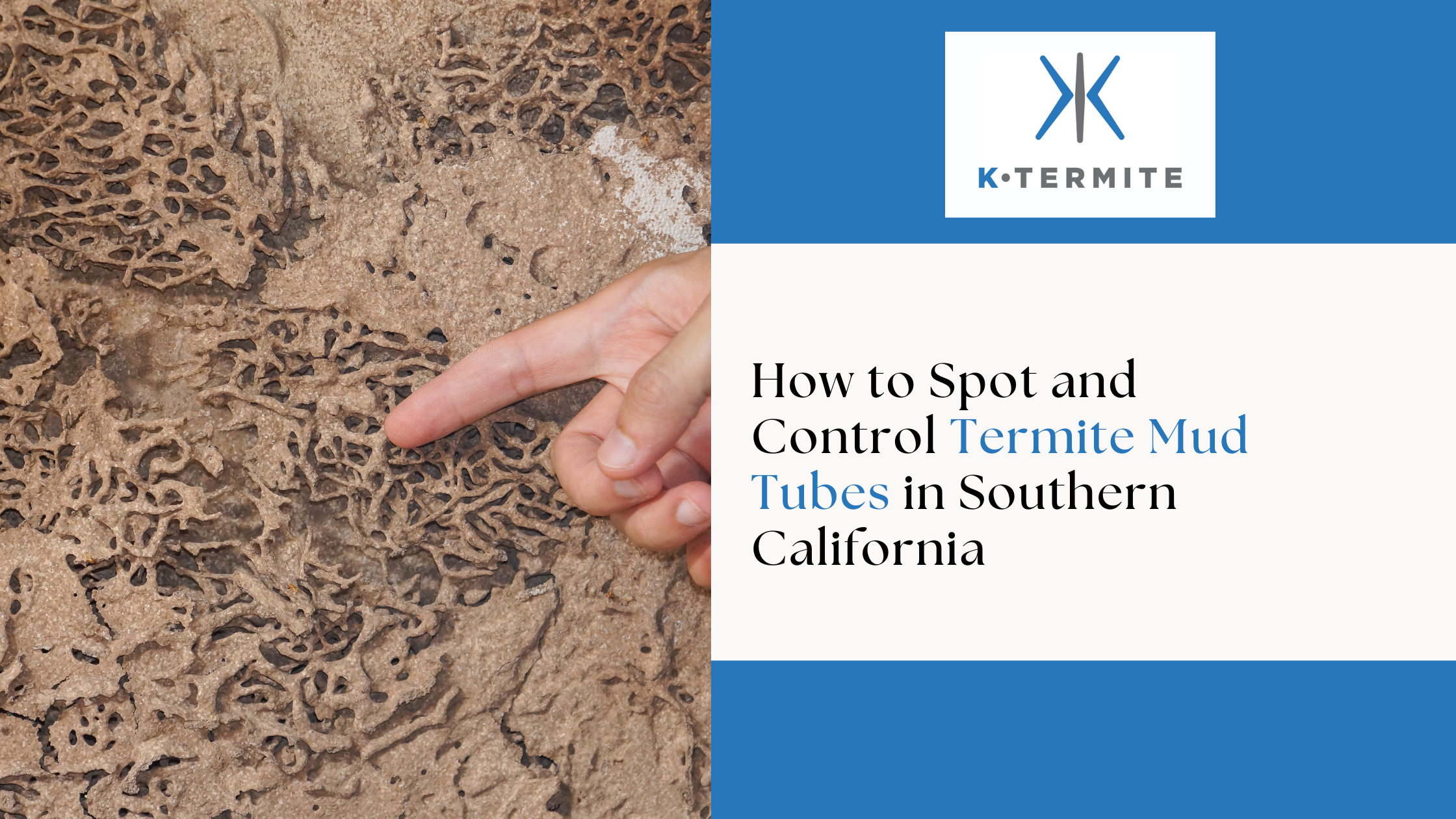


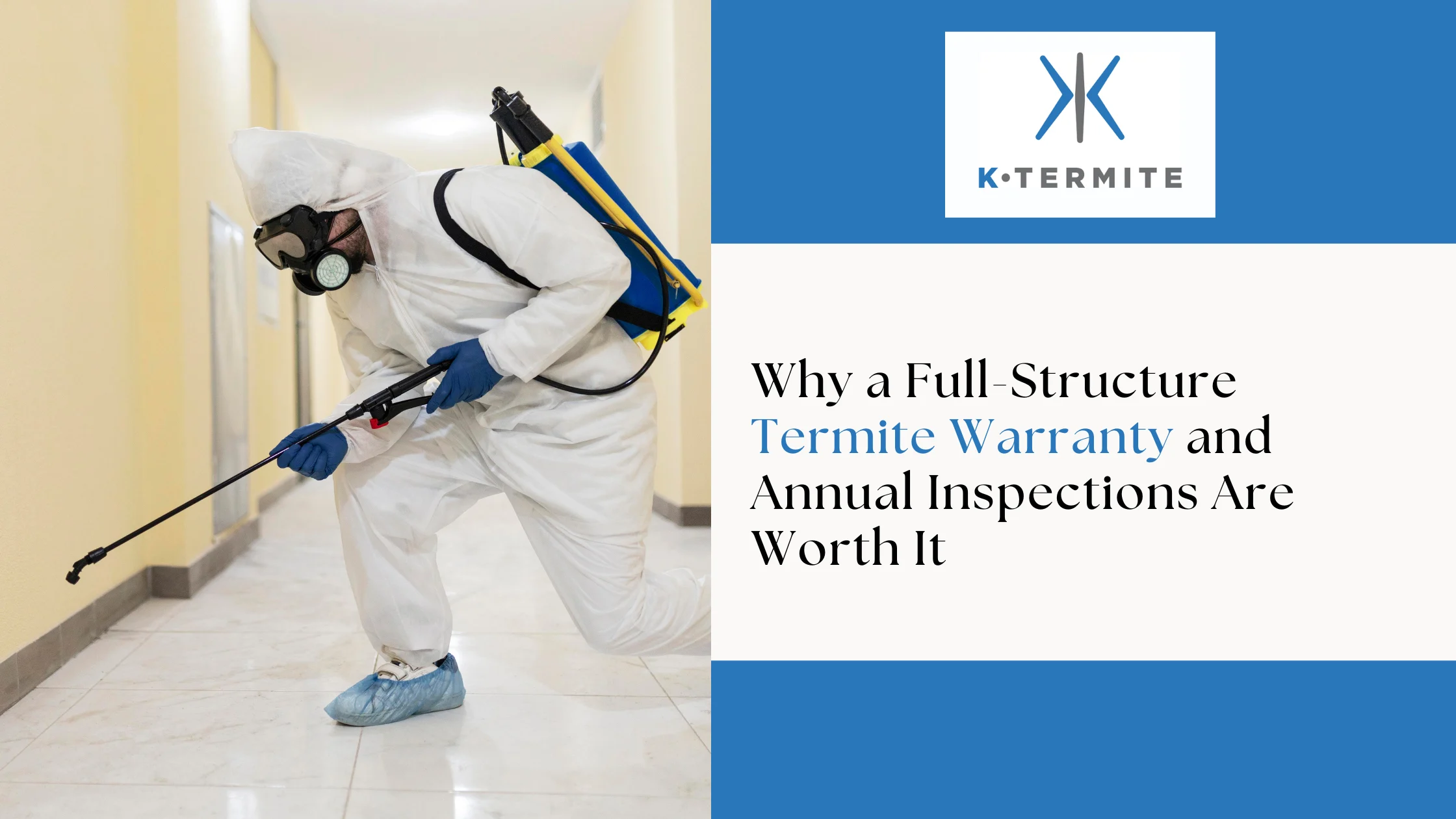
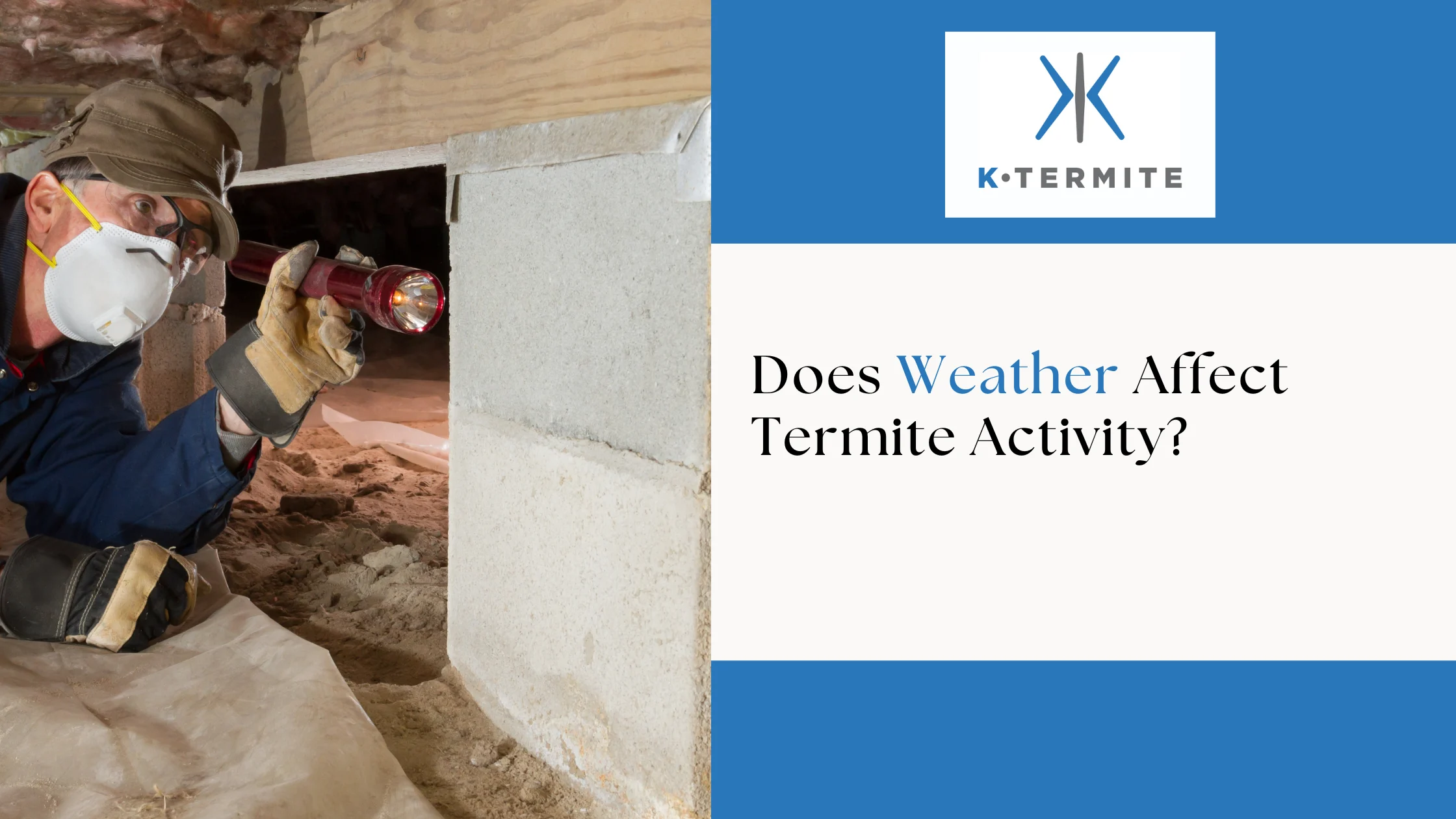
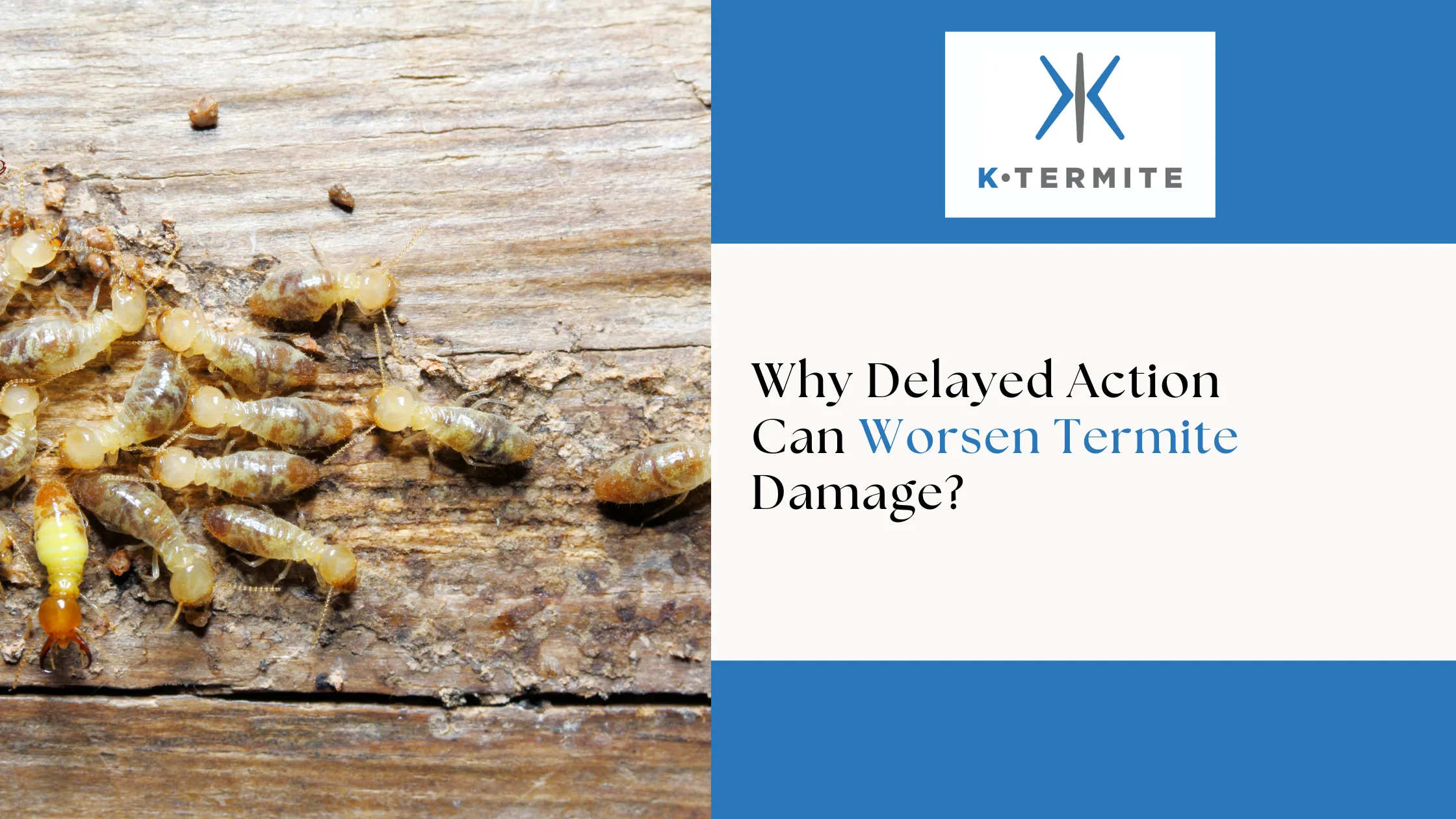
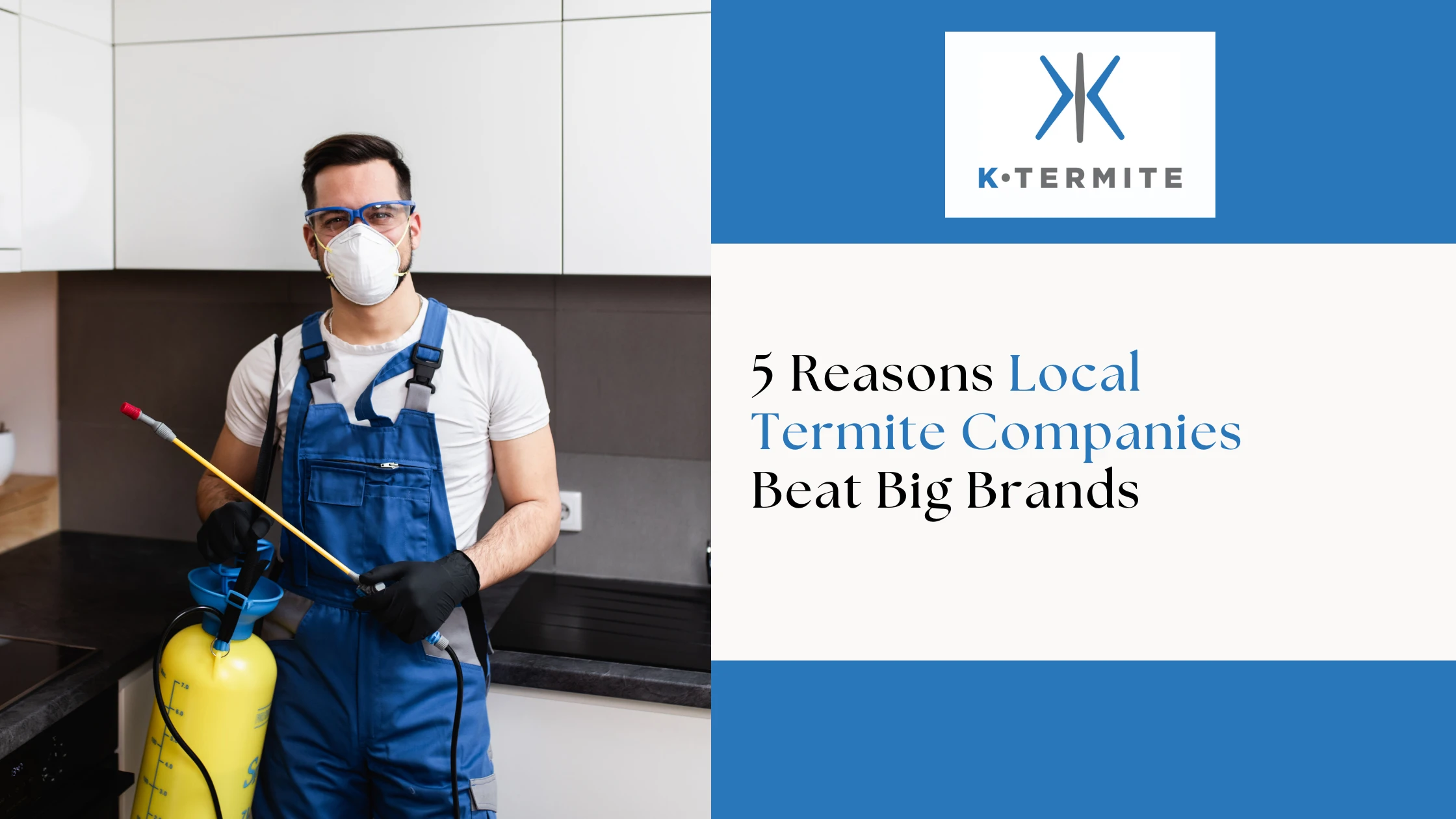
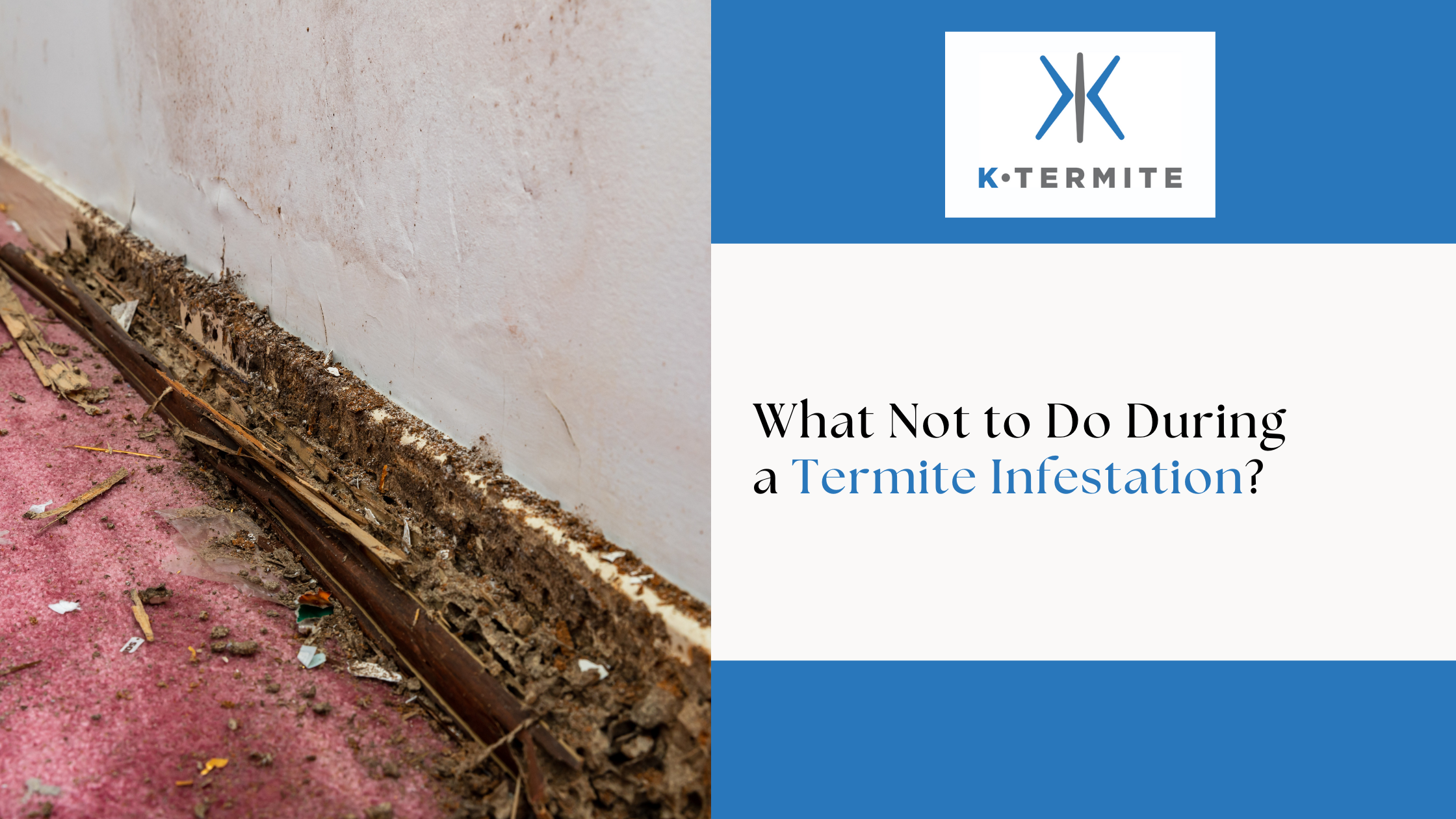

.png)
.png)
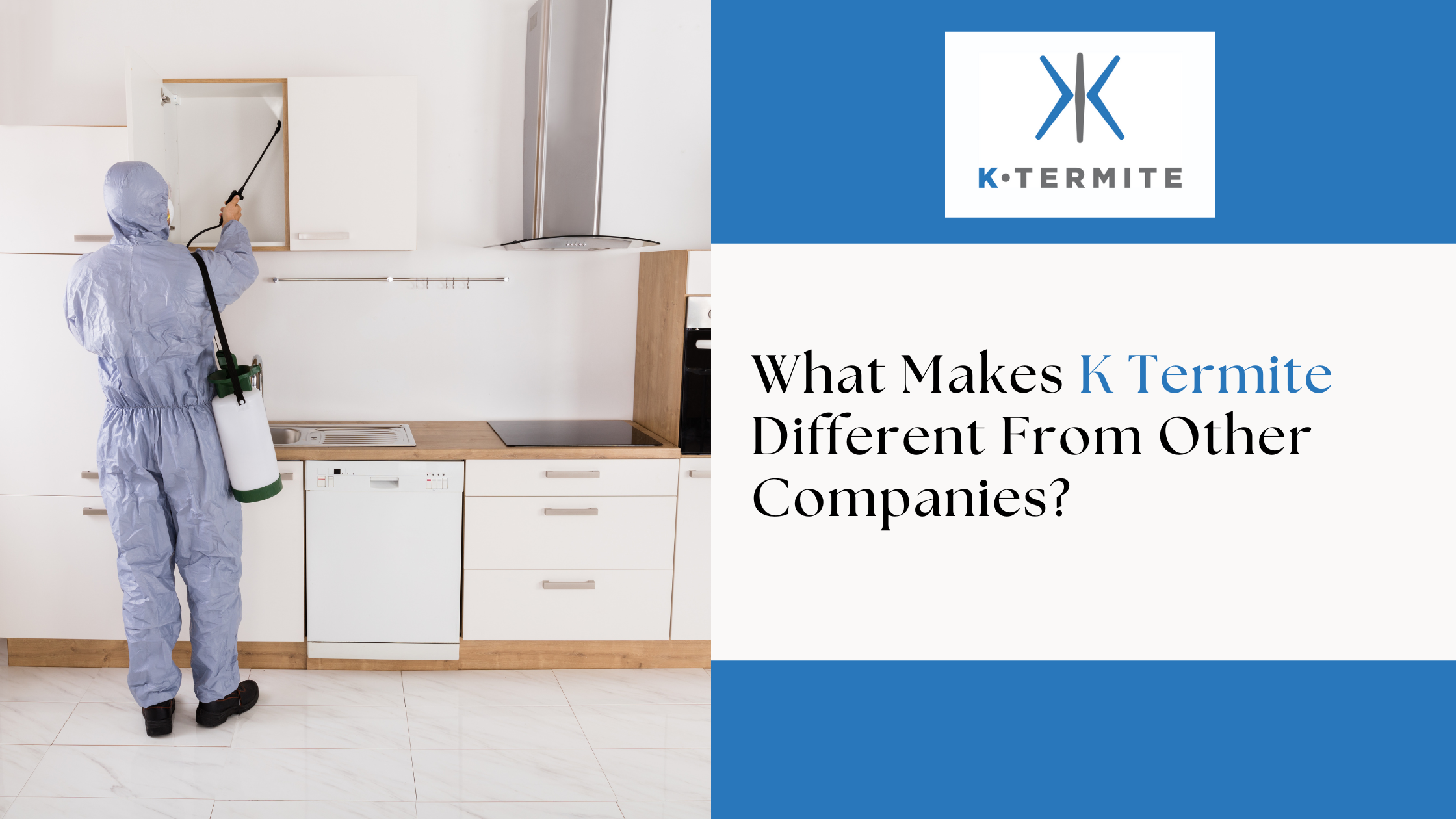
.png)
.jpg)
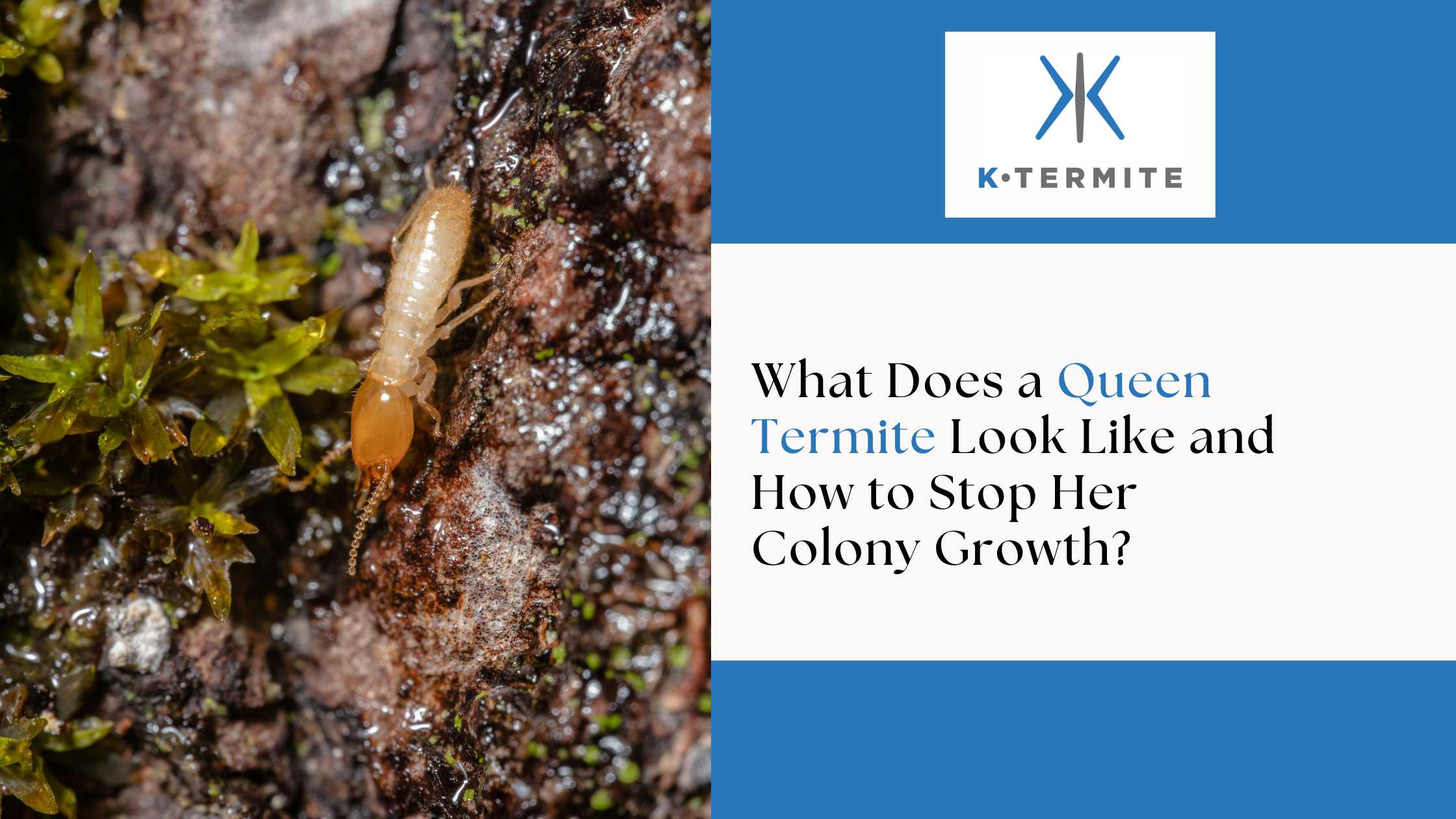

.webp)
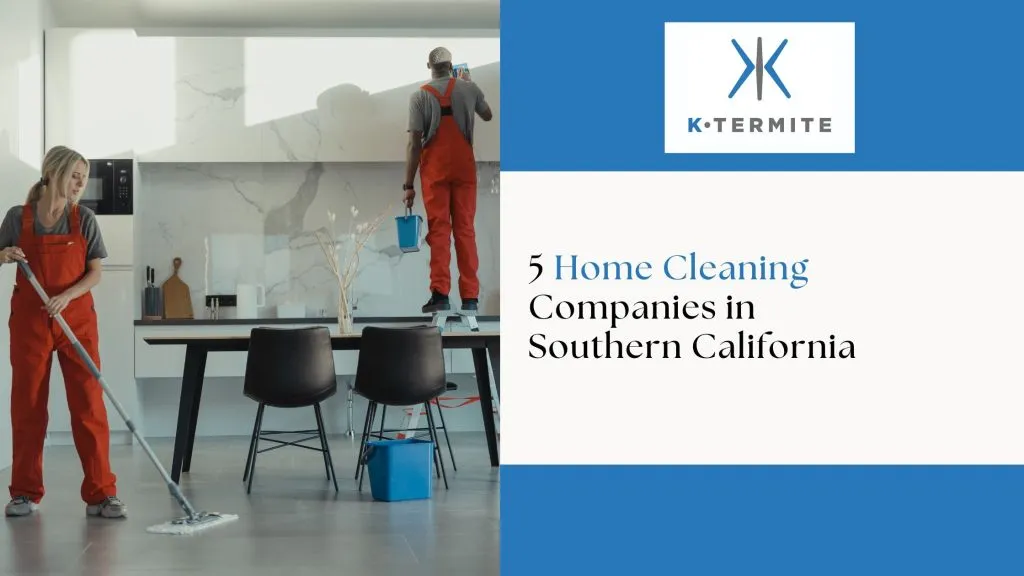
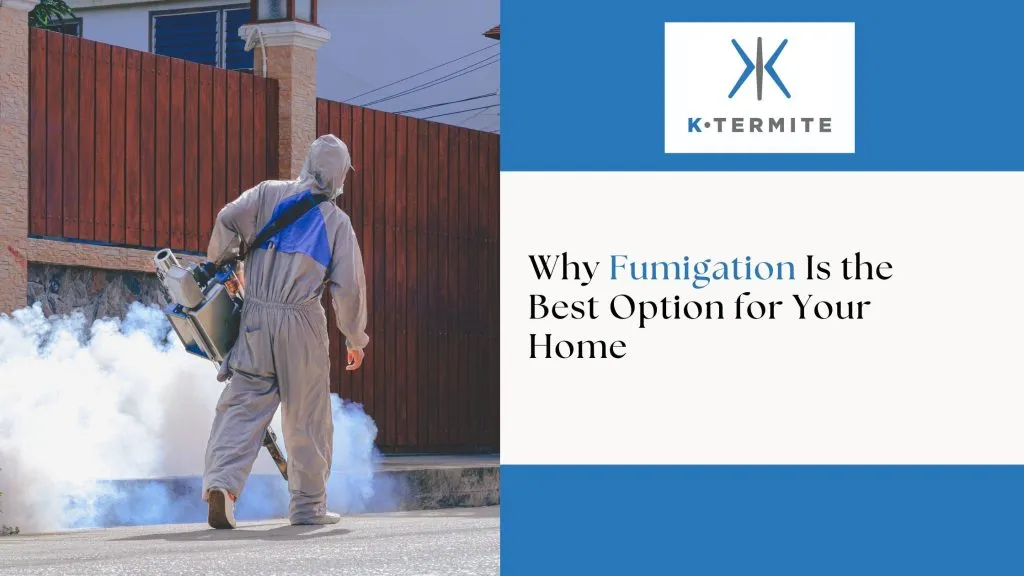
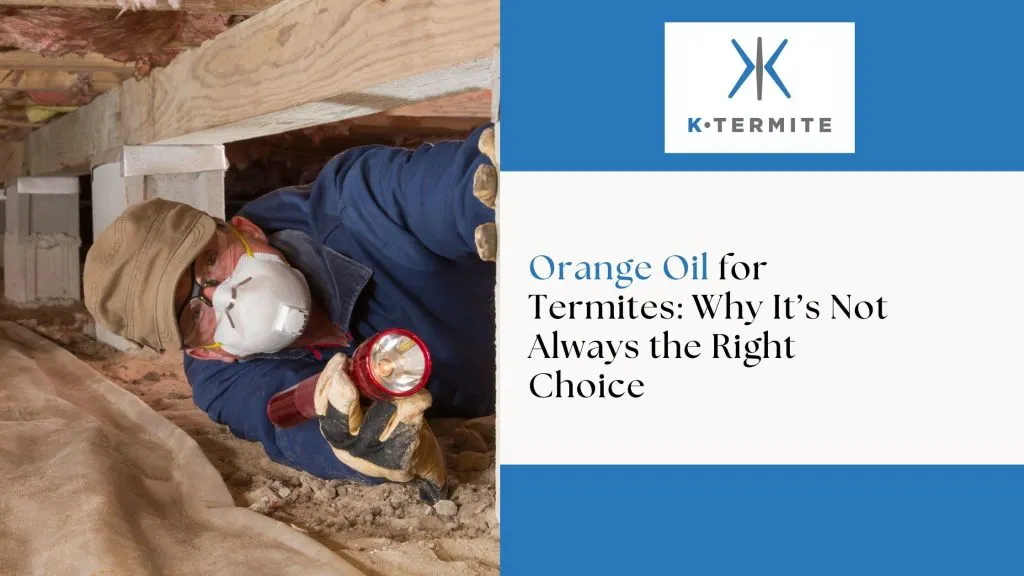
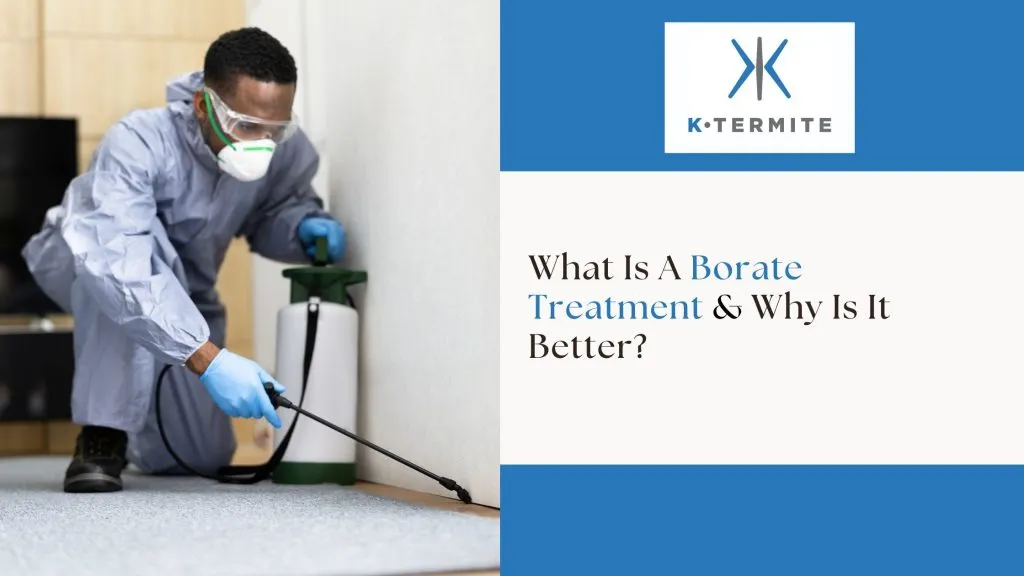
.webp)
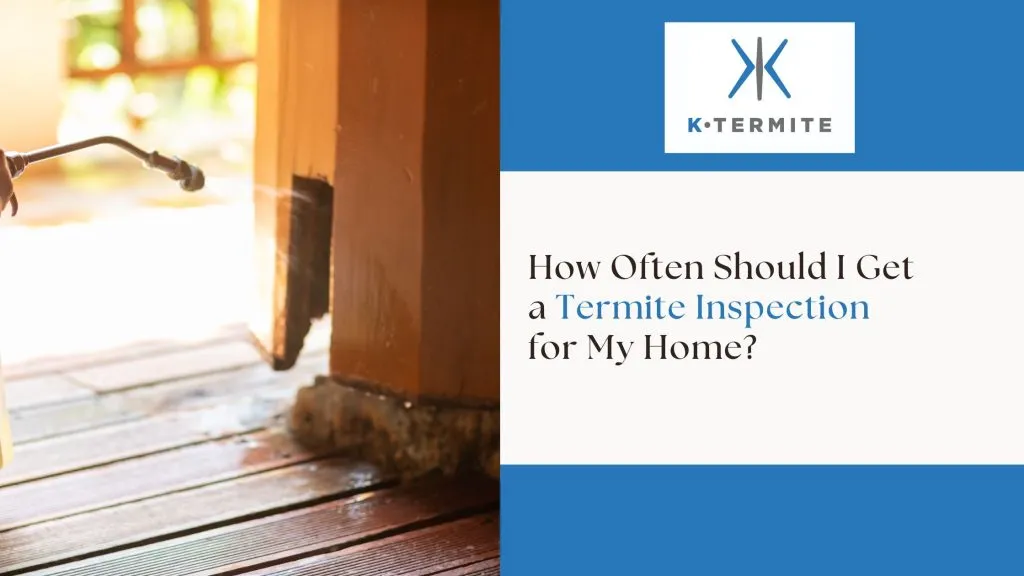

.svg)

